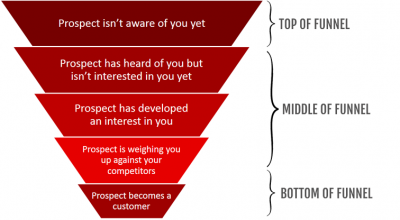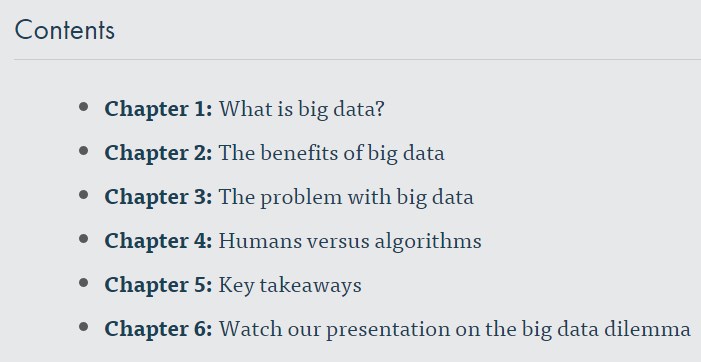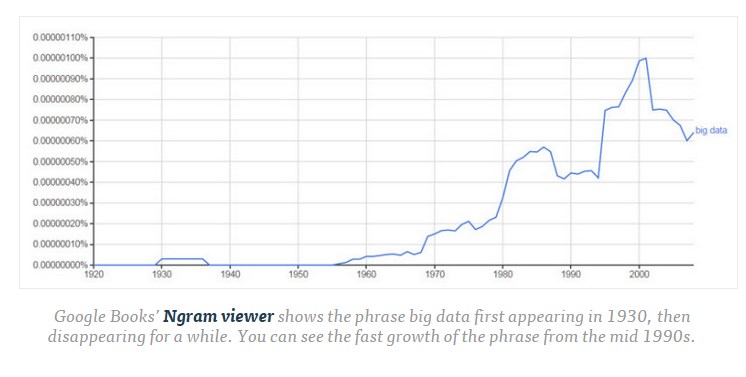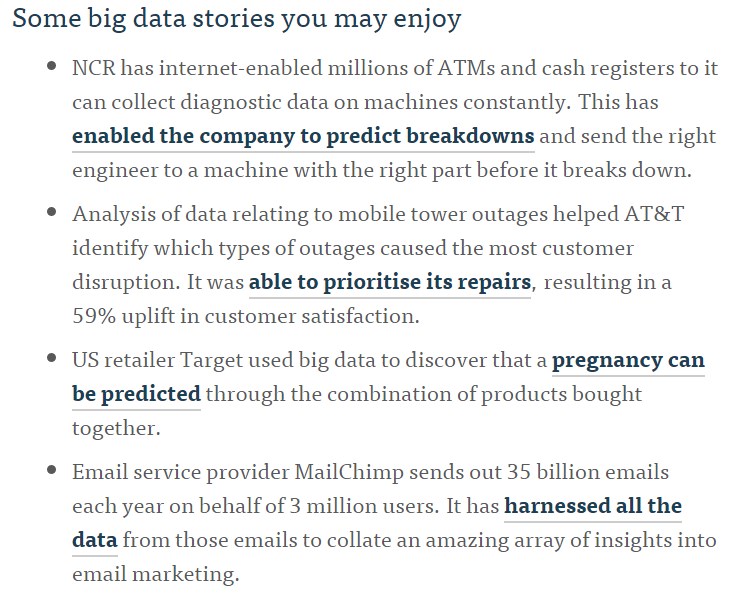When it comes to driving prospects through a challenging buying process, or educating your audience on complex aspects within your industry, white papers are one of the most relevant and effective content types to deploy.
They are also very easy to get wrong!
In this guide, I am going to give you best practice advice for creating effective white papers and also delve into the role they play within successful content marketing.
What is a White Paper?
In the most traditional interpretation of the term, a white paper dates back to the early twenties and specifically ‘The Churchill White Paper‘ (often referred to as ‘The British White Paper of 1922′).
A more current and lateral definition of a white paper is simply an in-depth report or content type that demonstrates authority within a particular industry or topic, likely representing your (or the business’) unique stance and interpretation.
A key purpose of white papers is to help people understand complex issues, solve a problem, and generally support them within any decision-making process.
An important differentiation between a white paper and other content types is the ability for value to be derived throughout important stages of both the information and buying processes, as demonstrated below:

White papers tend to be most effective for middle and bottom of funnel value. However, they can certainly be used for brand awareness and other, primarily, top of funnel items too.
Creating Effective White Papers
White papers take on many forms and the typical ‘enter your email address and download a white paper’ approach to providing people with this content is declining (and for good reason).
The following is a walk-through guide of a white paper from the agency I work for, Vertical Leap.
In this case, the topic of the piece is big data, and the following are highlights of the elements that make this an effective white paper.
There is a clear topic tied to an industry expert.

The content enables people to dig deeper into the topic with supportive information, guides and other white papers.

There is a depth of information within the content and an easy means to access it.

The content is backed up by statistics.
Whether the data is self-generated or industry-available information, the real importance is on the wider data-driven value of the content, and the backing up any opinion with fact.

Mixed content types have been used to support the varying ways of reading, as well as for content segmentation, engagement and more.

Key information and white paper takeaways have been highlighted to help the reader understand the most important points raised and to help with skim reading and other areas.

The content refers to a number of external information sources. This can reinforce trust in the white paper, while also supporting user value, tied to additional reading around the topic and more.

The focus of the white paper solves known problems and adds real value to an identified target audience as well as the wider industry.
Most importantly, a white paper needs a genuine purpose and intrinsic value, rather than being created for the sole purpose of company end results.

Complex information has been made accessible to a broader audience with the use of practical ‘real life’ scenarios.

White papers should also include clear statements, both for impact and ‘shareability’, as well as for purpose.

It is useful to include next steps and action points for the reader; summarising important points and reinforcing the overall message.
This helps users skim content (important for a multi-device environment) and digest it more effectively.

You should reinforce the opportunities for broader topic learning and user discovery at every opportunity.

Using White Papers in the Marketing Mix
When you create thought leading, expert insight content, the value of this should exceed its return within a single business capacity (for example ‘marketing’ in this case).
When you have business experts, you’re presented a unique opportunity to add tangible value to you industry, your readers and your current (plus potential), target market.
Think about white papers as your platform to share insight and leverage that value to your audience from content creator to thought leader – this can encompass all of the marketing mix.
A white paper, when well written and properly promoted, can be an incentive for social engagement and PR, a valuable means to encourage people to relate to your brand, and something that continuously seeds the marketing mix.
For the experts creating this content, white papers can showcase their expertise and provide inner work life benefits. Their personal brands are tied to the business and its service, which can be great for business wins and will support all forms of marketing mediums.
For those digesting the content, white papers can convey trust and association – something very important in removing barriers to conversion success regardless of the medium.
For a website, white papers provide a form of evergreen value and depth of content which provides search gains, both algorithmically from the search engines, and in terms of quality signals and trust with the user.
The above is just the very start of how white papers can be used in the marketing mix. The more you can dig into their potential implementation options, the greater the opportunity becomes.
Measuring White Paper Success
When looking at metrics for success of recent white papers created, or for additional investment in this area of your business, the following are great starting points:
- Social PR and sharing metrics
- On-site quality and engagement metrics
- Contribution towards search success (impressions, traffic, end results)
- PR and natural ‘linkability’ metrics
Really, the metrics tied to a white paper’s perceived success will be specific to the goal of creating it in the first place, so don’t restrict success identification to the above points – these are just a starting point.
Next Steps
Read more about this topic from resources like Content Marketing Institute, think about the practical tips for creating effective white papers detailed earlier in this guide, and get creating!
Don’t forget to let me know about your thoughts on this topic, and please share this post if you have enjoyed it and would like to chat about it more.
Image Credits
Feature Image: Image by Paulo Bobita
In-post Photo: Image by Vertical Leap. Used with permission.
All screenshots by Lee Wilson. Taken October 2015.




